As we all know, with the energy situation and environmental pollution is becoming more and more serious, energy saving and emission reduction has become an important issue facing China's industrial development, the State Council Information Office held a press conference on February 28, 2022, pointed out that: the industrial sector accounts for about 65% of the overall consumption of the country's energy consumption is energy-saving one of the main areas of carbon reduction. Because of this, we should pay more attention to energy saving and environmental protection in the industrial field.
Many factories utilize heat energy in production, and various industrial equipments, including industrial boilers and pipelines, have poor heat insulation performance and high heat loss in heat transfer, which makes industrial equipments have low energy consumption utilization rate in use.
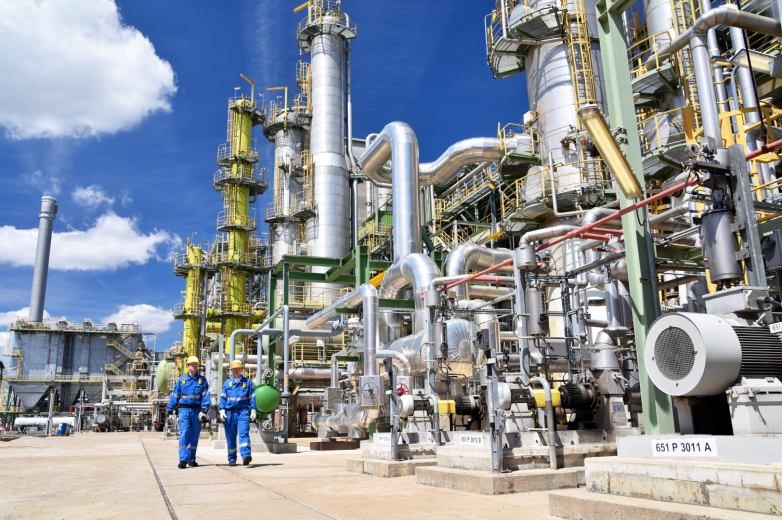
Reasonable installation and wrapping of industrial equipment with XCGS's heat insulation material can effectively reduce the heat transfer of industrial equipment to the outside, reduce the energy loss in the production process of industrial equipment, so that the energy supplied to industrial equipment can be further utilized in the operation of the equipment, and indirectly reduce the carbon emission.
The inner and outer surface layer of XCGS Thermal Insulation is aluminum foil multilayer composite material, and the middle layer is PE polyethylene air bubble/XPE foam, which can achieve long-lasting heat preservation efficacy with the properties of this inorganic material, porous fiber structure and extremely low thermal conductivity.
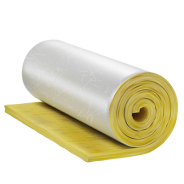

With a production history of 24 years so far, XCGS has obtained the domestic invention patent in 2009, and passed the highest level test of fireproofing performance of AWTA, an authoritative organization in Australia, in 2013. At present, the total length of XCGS's thermal insulation materials applied in domestic and foreign pipeline insulation projects has exceeded 1,500 kilometers.
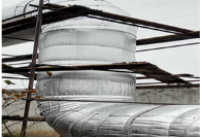
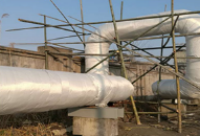
The use of heat-insulating materials to wrap pipes not only responds to the national call for energy saving and emission reduction, but also has the following 5 major benefits:
Noise Control
Ductwork can act as a conduit for the transmission of noise from one part of a building to another (waste pipes in a building are a typical example). Soundproofing materials can prevent this noise transmission by dampening the pipe walls and performing an acoustic decoupling function wherever the pipes pass through fixed walls or floors and wherever the pipes are mechanically fixed.
Piping systems can also radiate mechanical noise. In this case, the noise can be transmitted away from the pipe walls by soundproofing with a high-density sound barrier.
Frozen pipes
Since some water pipes are located outdoors or in unheated areas where the ambient temperature sometimes drops below the freezing point of water, any water in the pipes can freeze. When water freezes, it expands, and this expansion can lead to plumbing system failure in a number of ways.
Pipe insulation will not prevent water in pipes from freezing, but it can reduce the risk of water in pipes freezing by increasing the time it takes to freeze. Therefore, it is recommended that pipes at risk of freezing be insulated, and local water supply regulations may require that pipes be pipe insulated to reduce the risk of freezing.
For a given length, a smaller diameter pipe holds a smaller volume of water than a larger diameter pipe, so water in a smaller diameter pipe is more likely to freeze (and faster) than water in a larger diameter pipe (assuming an equivalent environment). Because of the greater risk of freezing in smaller diameter pipes, insulation is often used in conjunction with other anti-freeze methods (e.g., conditioning heating cables, or ensuring a consistent flow of water through the pipe).
Protection from Extreme Temperatures
When piping operates at extremely high or low temperatures, there is a risk of injury if anyone comes into physical contact with the surface of the piping. Human pain thresholds vary, but some international standards set recommended temperature limits for touch.
Since the surface temperature of the insulation is different from that of the pipe surface, this usually results in the insulation surface having a "less extreme" temperature, so the pipe insulation can bring the surface contact temperature into a safe range.
Condensation Control
When piping is operated below ambient temperature, water vapor may condense on the surface of the piping. Moisture is known to cause many different types of corrosion, so preventing condensation from forming on piping is often considered important.
Pipe insulation can prevent condensation from forming because the surface temperature of the insulation will be different from the surface temperature of the pipe. If the surface of the insulation is above the dew point temperature of the air, condensation will not occur; the insulation contains some form of water vapor barrier or retardant to prevent water vapor from passing through the insulation and forming on the surface of the pipe.
Energy Conservation
Heat flow from ductwork can be considerable because ductwork can operate at temperatures far from the ambient temperature and the rate of heat flow from the ducts is related to the temperature difference between the ducts and the surrounding ambient air. In many cases, this heat flow is undesirable. The application of hot pipe insulation introduces thermal resistance and reduces heat flow.
The thickness of hot pipe insulation used for energy efficiency varies, but in general, pipes operating at extreme temperatures will exhibit greater heat flow and greater thicknesses are used because of the greater potential for potential energy savings.
The location of the pipe will also affect the choice of insulation thickness. For example, in some cases, heating ducts in a well-insulated building may not need to be insulated because the "lost" heat (i.e., the heat that flows from the ducts to the surrounding air) may be considered to be "useful" for heating the building anyway, since this "lost" heat is not considered to be "useful" for heating the building. The "lost" heat is effectively captured by the structural insulation anyway. Instead, such ducts can be insulated to prevent overheating or unnecessary cooling of the rooms they pass through.
Energy saving and emission reduction is a social mission in the current environment. As a pioneer in China's environmentally friendly thermal insulation industry, XCGS will take the social mission as its corporate mission and contribute to China's green industrial development while helping to reduce industrial energy consumption and carbon emissions!

















































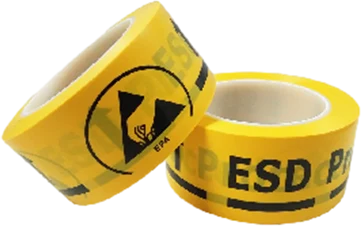

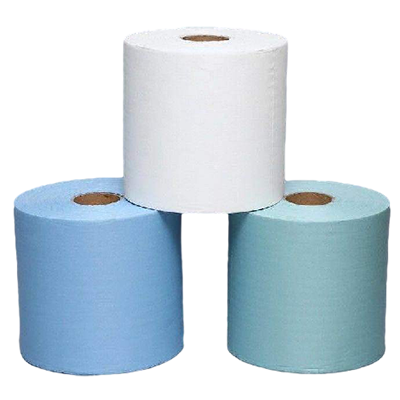

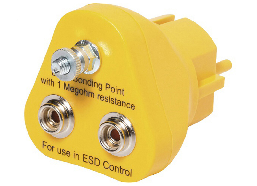

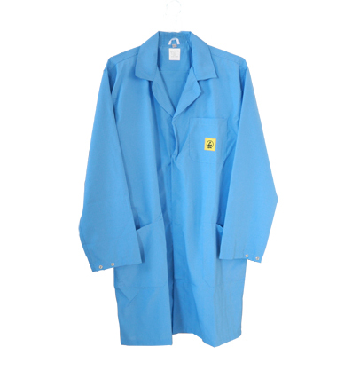
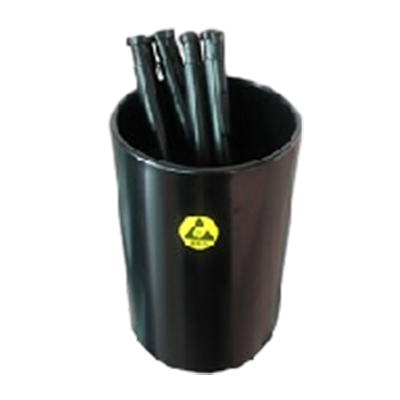


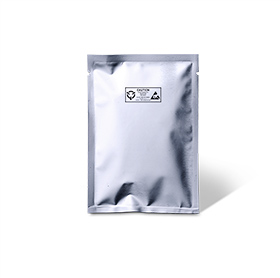
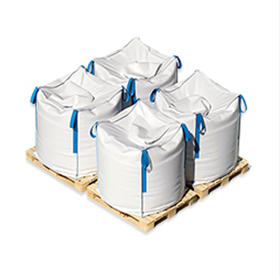










































 18915559236
18915559236 xcbxa@xcgs.com
xcbxa@xcgs.com